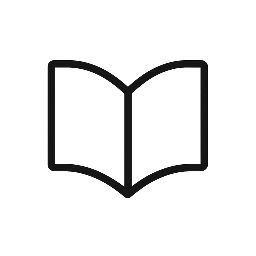Category: Psychology
-
First, review the module’s Required Resources. Next, please refer to the Milestone Two Guidelines and Rubric. For an additional example, please refer to the following exemplar: Milestone Two Exemplar PDF.
-
After reading the articles in the module Reading and Resources page, discuss your thoughts about peer review in your initial post by addressing the following: What is the most effective way to select quality research for publication? What are the key strengths of the method you suggested? What are the limitations of the method you…
-
Watch this TEDMED Talk by Neuroscientist Nora Volkow, Director of the National Institute on Drug Abuse at the NIH, on why our brains get addicted. Then answer the questions below. Describe the neurobiology of substance abuse and addiction. Provide an analysis of the extent to which addiction to psychoactive drugs is biological versus psychological. Support…
-
Super, Osborne, Walsh, Brown, and Niles (1992) indicated that the life-career rainbow is the “development and unfolding of the life career of a person from birth until death.” Holland utilized personality trait theory to identify six types of individuals on the basis of their vocational interests. In high school, we are tested and counseled on…
-
Part A – Write a guidance philosophy statement stating your beliefs about the goals of guidance and how to support those goals in a classroom setting. Support with at least one reference. Part B – Identify 3 specific resources that you would recommend to a parent, caregiver or childcare provider about guiding behavior in young…
-
In summary, lesson 10 distinguishes between the three (3) domains of development (physical, cognitive, and psychosocial), the five (5) stages between prenatal and adulthood (prenatal, infancy, childhood, adolescence, and adulthood), and the six (6) developmental theories (Freud’s psychosexual theory, Erikson’s theory of psychosocial development, Piaget’s theory of cognitive development, Kohlberg’s theory of moral development, Vygotsky’s…
-
Discuss social factors that influence people or groups to conform to the actions of others. Indicate how behaviors and motivation are impacted by the presence of others. Indicate the structures of the brain that are involved in emotion and motivation. (If your article does not address this detail, you may need to conduct more research…
-
Identify and describe 3 social and emotional competence building strategies or relationship building strategies that stood out to you from the readings and resources. What drew you to these strategies and why. How can you adopt these strategies for different age groups? Classroom Strategies to Build Relationships with Young Children with Challenging Behaviors Children who…
-
A child’s Social—Emotional development is an important part of guidance. Instructions: Create a Powerpoint using 8 to 10 slides on one of the below topics: present information that will give the viewer an overview of the topic be sure to address any controversies surrounding the topic cite at least 4 resources that you used to…
-
First, consider the following example of classical conditioning. Explain why this is an example of classical conditioning and how Antonio’s learned behavior in this scenario differs from behaviors considered to be innate. Be sure to define classical conditioning and identify the US, UR, CR, NS, and CS in this scenario. When Antonio was seven years…
